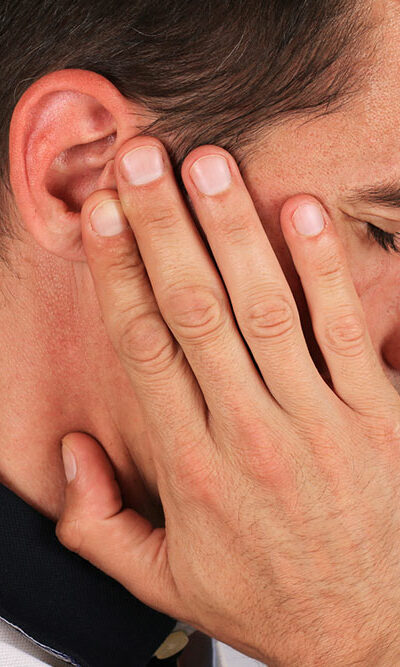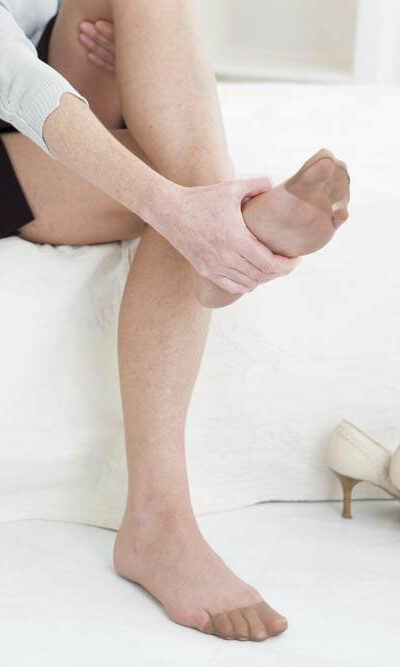
All You Need to Know about Pinched Nerve
A pinched nerve occurs when too much pressure is put on a nerve by the surrounding tissues like the bones, the tendons, the cartilage, or muscles. This pressure disrupts the nerve’s functioning and causes pain, weakness, tingling, or numbness. A pinched nerve can occur at a number of sites in the body. For example, a herniated disc in the lower spine may put too much pressure on the nerve root, causing pain that radiates down the back of the leg. Similarly, a pinched nerve in the wrist can cause pain and numbness in the hands and fingers (carpal tunnel syndrome). Nerves extend from the brain and the spinal cord, sending important messages throughout the body. When an individual has a pinched nerve, also known as nerve compression, the body may send warning signals like pain. It is important to not ignore these warning signals. The damage from a pinched nerve may be severe or minor. It may cause long-lasting or temporary problems. The earlier a diagnosis is made and treatment for nerve compression is started, the more quickly one will find relief. In some cases, the damage from a pinched nerve may not be reversed. But treatment options usually relieve pain and other symptoms associated with a pinched nerve. Signs and symptoms With a pinched nerve, sometimes pain may be the only symptoms. Or there may be other symptoms without any pain. Some of the common signs and symptoms associated with a pinched nerve are: Pain in the area of compressions, such as the lower back or the neck Weakness, especially during certain activities Radiating pain, such as radicular pain or sciatica A burning or a “pins and needles” sensation Tingling or numbness Sometimes, the symptoms may worsen when one tries certain movements, such straining the neck or turning the head.










